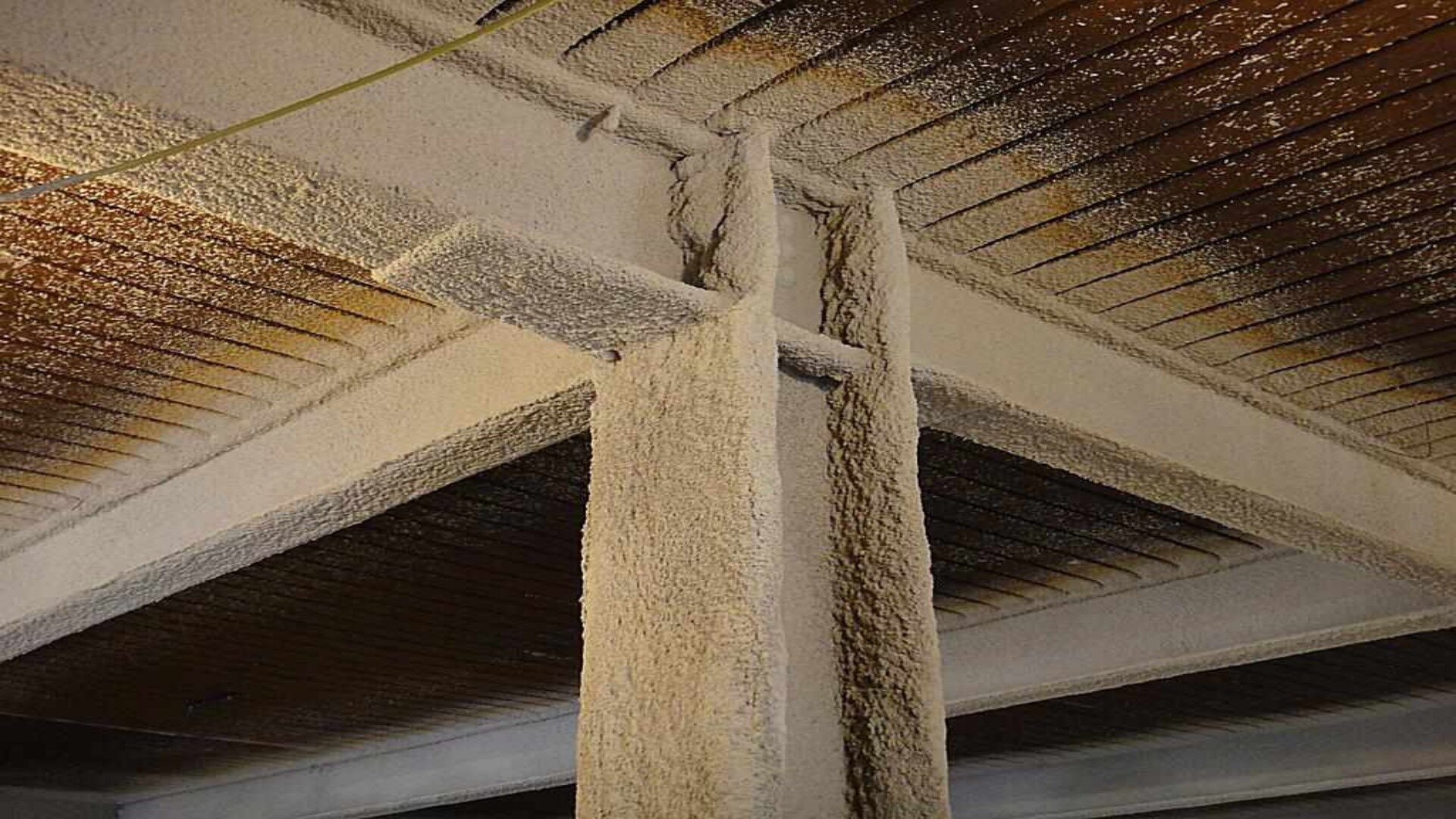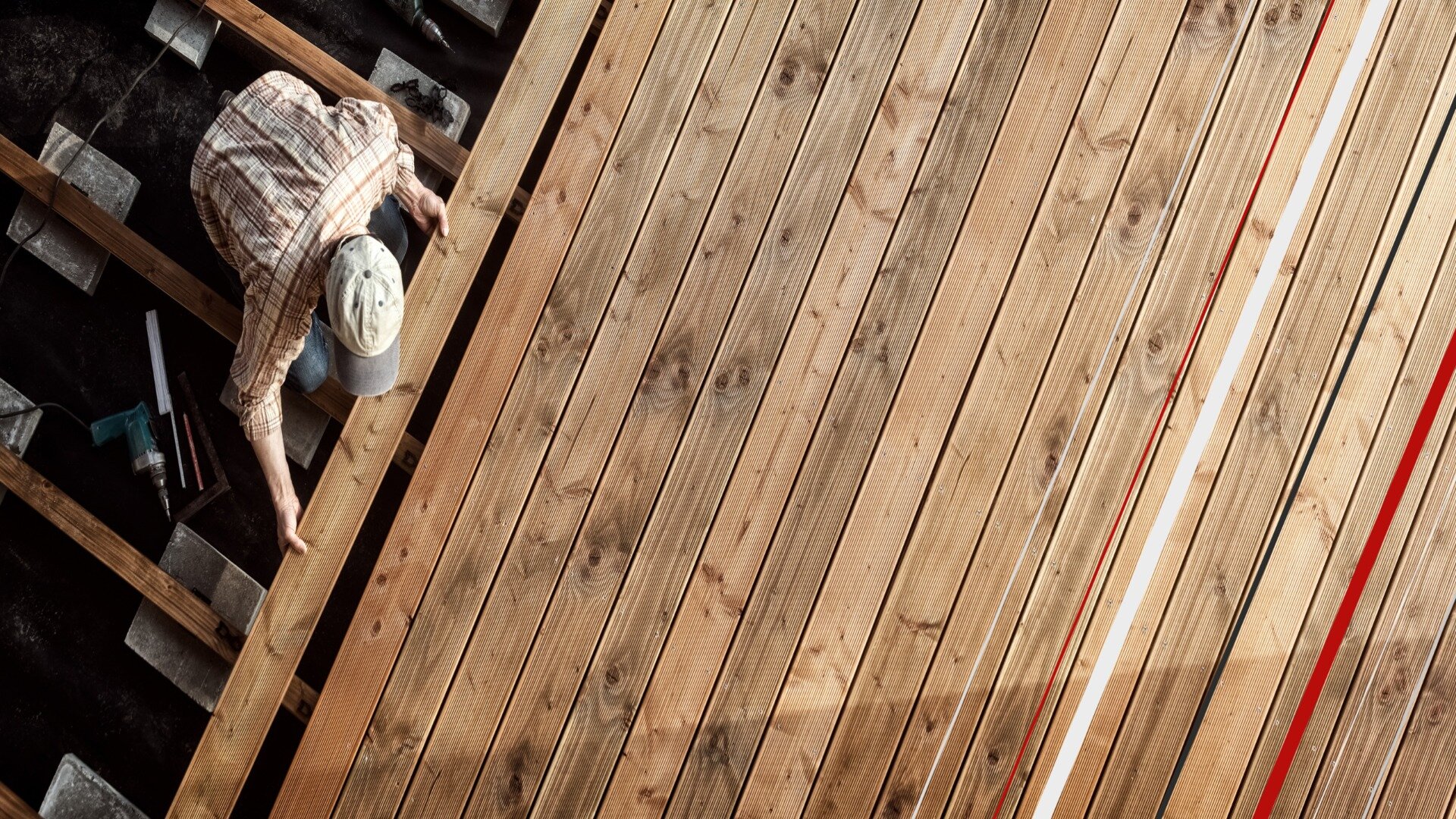![2023 11 Fire Resistance Test Fire Resistance Test]()
As devastating wildfires and other hazards continue to threaten homes across the country, fire-resistant framing has become important for building safety. But with various options available, it can sometimes be clarified which method is best suited to protect your family and property. This blog will help explain the fire risks to homes and why fire-resistant materials and construction techniques matter.
We’ll outline the different framing materials that enhance fire protection, from non-combustible options like steel to fire-retardant-treated wood. Factors like climate, local building codes, and your budget will influence the right choice.
Effective installation is also key, so we’ll cover application best practices. Additional passive fire protection strategies will be discussed, too. Ultimately, prioritising fire-resistant framing can significantly boost a home’s defence against fire while offering peace of mind and potential savings on insurance rates.
Understanding the Risk of Home Fires
Bushfires pose a serious annual threat across many parts of Australia. According to data from the United Nations Environment Programme, over 2800 homes are destroyed yearly by bushfires on average. Meanwhile, the National Fire Protection Association reported three main ways wildfire can threaten your home: direct exposure to flames, radiated heat, and airborne firebrands such as embers or burning pieces of airborne wood or vegetation.
Adapted from NSW Rural Fire Service (2006), ember attack Bushfires often generate embers, which can ignite buildings. Around 80% of houses lost can be attributed to ember attacks, either alone or in combination with other bushfire attack mechanisms in bushfire-prone areas, including radiant heat.
![2023 11 Concrete Frame Concrete Frame]()
The prolonged bushfire seasons seen in recent years have only increased this risk, with a devastating fire season like 2019-2020 resulting in more than 3,000 home losses. Fires can easily spread to residential areas during extreme fire weather, especially where homes are located within or near bushland.
The ember attack poses a particular risk, as windblown embers can travel kilometres ahead of the fire front and ignite susceptible structures. Traditional wooden construction common to Australian homes does little to resist external flames or radiant heat exposure.
Within minutes, an uncontrolled bushfire may engulf an entire wooden home, making escape exceptionally risky and causing extensive damage or total destruction of the property. Investing in fire-resistant building materials and methods is thus increasingly important for property owners across many bushfire-prone parts of the country.
Common Causes of Home Fires
There are a number of frequent causes of accidental home fires across Australia. Cooking remains a leading contributor, as unattended food on the stove or oven frequently ignites.
Grease buildup can cause oven or stovetop fires while leaving cooking food for too long also increases risk. Other common sources are improper use of equipment, such as lighting cigarettes from a stove burner or placing flammable items close to cooking surfaces.
![2023 11 Blaze Frame Blaze Frame]()
Electrical issues are another major cause, whether from faulty wiring, overloading circuits, or damage that creates sparks or exposed wires. Heating equipment like furnaces, fireplaces, or portable space heaters left unattended or too close to combustibles can ignite furnishings or walls.
Children playing with lighters or matches also unintentionally start structure fires each year. Caring for open flames with candles poses hazards as well. Finally, improper storing of flammable materials near potential ignition sources puts homes at risk. Being aware of these frequent causes can help homeowners reduce fire risks.
Different Types of Fire-Resistant Framing Materials
There are several important options for fire-resistant framing materials that can provide enhanced defence against the spread of flames in a structure fire. The main categories include non-combustible materials and fire-retardant-treated wood:
Non-Combustible Materials
Steel
Steel framing is a non-combustible material with superior fire resistance and can withstand temperatures over 1550°C without structural failure. It is a durable yet premium choice.
Concrete
Whether formed into blocks, panels, or poured, concrete exhibits excellent fire resistance and durability for walls, floors, or other structural elements.
Masonry
Fire-resistant masonry units like clay bricks or concrete blocks are widely used for fireplace structures, exterior wall cladding, and more.
![2023 11 Wooden Structure Wooden Structure]()
Fire Retardant Treated Wood
Pressure-treated lumber
Wood can be pressure-impregnated with fire retardant chemicals that extend its burn time and significantly reduce flame spread. Commonly used for framing.
Engineer wood
Wood products like plywood, LVL or LSL beams are manufactured with fire retardant resins to meet strict burn standards.
Fire-retardant drywall
When installed according to code, fire-rated drywall protects the inside faces of walls and can earn a structure of up to two-hour protection.
The choice depends on factors like budget, building design, and required fire resistance rating. Both options offer more protection than regular combustible wood construction.
Benefits of Fire Resistant Framing
There are several important benefits to utilising fire-resistant framing methods in home construction. First and foremost, it provides crucial additional protection for lives and property in a fire. The non-combustible or fire retardant materials are much less likely to ignite, burn, or collapse, buying valuable time to escape or for firefighting efforts.
This can mean the difference between a fully destroyed home and one with only smoke damage. Insurance providers may also offer reduced rates on structures with appropriate fire mitigation tactics in place, like fire-resistant framing. The Airtightness and quality of finish for fire resistance overlap with over-energy efficiency and thermal comfort. Gaps and cracks can allow embers and smoke inside and make the HVAC work harder all year round.
![2023 11 Steel Fire Resistance Steel Fire Resistance]()
Such systems also help new homes meet stricter wildfire area building codes for greater ember and radiant heat resistance. For remodels, they can help upgrade an existing home’s defence.
Additionally, fire-resistant framing performs well in resisting the spread of flames within wall cavities, delaying flashover inside the structure. These materials and construction practices significantly boost a home’s fire safety.
Choosing the Right Framing Method for Your Home
A few important factors to consider when selecting a fire-resistant framing method for your home. First is the specific risks in your area, such as proximity to forested regions or historical fire activity.
Compliance with any relevant building codes is also essential. Your project budget will influence options, as non-combustible methods tend to have a higher upfront cost than fire retardant wood.
![2023 11 Wood Substrate Fire Retardant House On Fire Wood Substrate Fire Retardant House Fire]()
However, overall life-cycle costs should be weighed too. The design and structure of your home will also impact the decision, like whether a wood frame with fire blocks meets your needs or a non-combustible system is preferable.
Consulting experts are wise to check load-bearing requirements and installation methods. Additionally, aesthetics and availability of materials regionally must be considered. Looking closely at these criteria will help narrow the choices. Properly selecting your framing method can provide optimal protection for your home and surroundings.
Popular Fire Resistant Framing Methods
A few fire-resistant framing techniques are widely used in new home construction and retrofits. Heavy timber construction employs large preservative-treated wood beams and columns.
While providing benefits like low toxicity, it requires larger wood members. Another approach is platform framing made with fire-retardant-treated lumber for walls, floors, and roof decking.
![2023 11 Silver Wood Building Silver Wood Building]()
When installed correctly with fire-blocking, it delivers good fire resistance at a lower cost than other options. Concrete or masonry is a non-combustible method using materials like insulated concrete forms, poured foundations, and block or tile exterior walls.
Steel framing made of cold-formed galvanised steel studs and tracks has natural fire resistance and strength benefits. For remodels, simply swapping ordinary wood framing for fire retardant-treated lumber within walls and ceilings enhances safety. Choosing techniques suited to the project scope and budget is pivotal to maximising fire protection.
Installing Fire Resistant Framing Correctly
Installing fire-resistant framing materials is essential to achieving the intended fire protection. Cutting corners can compromise safety. Some key steps to follow include:
1. Follow manufacturer instructions
Directions provide critical guidance on safe handling and installation techniques to ensure materials perform as rated.
2. Inspect for damage
Before installing framing, look for cracks, gaps or other defects that could diminish durability or fire resistance.
![2023 11 Eco Friendly Wood Eco Friendly Wood]()
3. Fill all joints and penetrations.
Use fire caulk, resilient fittings or blocking to seal any openings that may allow flames to bypass a fire-resistant barrier.
4. Incorporate fire-blocking
Strategically placed solid materials like gypsum board or masonry stop hidden fire spread between stud cavities in walls, floors and ceilings. When it comes to materials, concrete panels, stucco or brick for exterior walls, steel framing for windows and concrete or metal for roofing are all good choices. Fire retardant paint is also a good idea.
Taking care with installation helps fire-resistant framing systems save lives and property by containing flames as rated to buy time in a fire emergency. Neglecting details can undermine the whole system.
Common Fire-Resistant Framing Techniques
A few fire-resistant framing techniques are often used in residential construction based on the building method and materials chosen. Platform framing employs fire-retardant-treated lumber for the structural platform as well as wall and roof framing.
The platform design lends itself well to installing fire blocking to limit horizontal fire spread. Balloon framing utilises similar materials but uses vertical studs that span multiple floors, requiring careful fire-stopping installation.
![2023 11 Wooden Structure Frame Wooden Structure Frame]()
Another option is heavy timber construction using large preservative-treated wood beams, columns and floors, which remain intact for long periods when exposed to high heat. Concrete or insulated concrete form construction provides the best fire resistance due to its non-combustible nature.
Masonry methods like structural clay tile or concrete block are also effective. No matter the technique, emphasis should always be placed on detailing, fire stopping and using approved fire-rated components to meet codes.
Additional Fire Protection Measures
While fire-resistant framing provides important structural defence, additional passive measures can further strengthen a home’s fire safety. Quality roofing materials rated for wildland-urban interface conditions, such as Class A asphalt shingles, help resist ember and flame intrusion.
Fire-rated vents, tempered glass and ember-resistant soffit or overhang barriers also reduce ignition risks. Wall claddings like stucco, fibre cement or brick wall improve flame resistance over wood siding.
![2023 11 Steel Frame Steel Frame]()
Enclosing the undersides of elevated homes or decks prevents exposed wood vulnerability. If possible, installing smoke and heat detectors and fire sprinklers aids in early detection and suppression.
Bombproofing utilities by burying gas, propane, or electrical lines lessens disruption risks, too. Proper zoning of hazardous materials and using non-combustible storage also prevents rapid fire from spreading indoors and out. A layered approach is best to match the unique needs of each structure.
Peace of Mind from Reduced Fire Risk
Utilising fire-resistant framing materials and systems is one of the most effective ways to boost a home’s defences against fire. These building methods buy valuable time during a fire emergency, from preventing external flame impingement to slowing internal spread. When properly installed by skilled contractors alongside additional passive protections, the layers of safeguards create a true safe haven within even the most fire-prone environments.
If you’re ready to discuss upgrading your home’s fire safety with proven methods, please contact Final Touch Carpentry and Construction. As your local leaders in fire-resistant construction, our team can evaluate your property, recommend customised options, and perform professional installations to code. We understand the vital importance of wildfire and bushfire protection in Australia and are committed to helping homeowners fortify their most valuable investment. Call or email us today to protect your family and property with a fire-smart renovation or new build.












